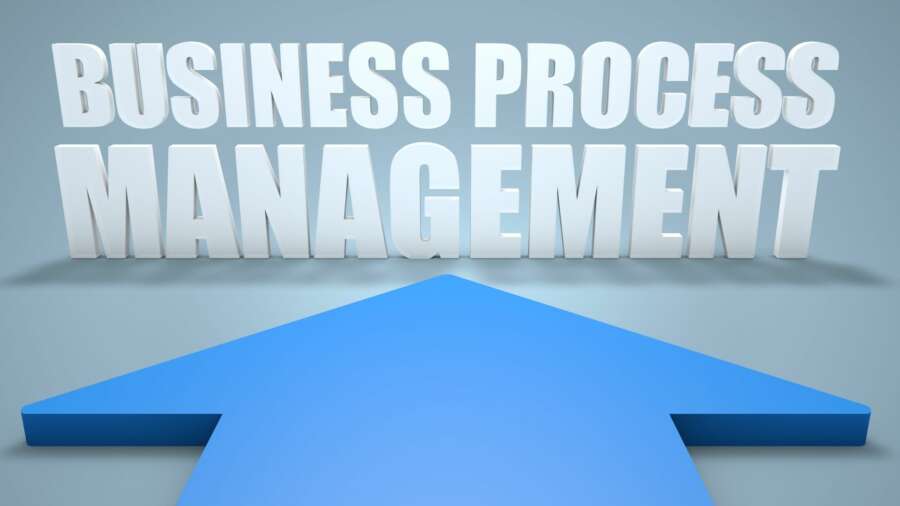
Traditional approaches to business process management rely heavily on locking in ‘ideal’ processes to ensure that all staff go about their work in a consistent, predictable way. Yet, in the new normal, businesses needs to be support more creativity, agility and ultimately new and better ways of doing things. SER Group’s CTO Gregor Joeris explores how organizations can achieve effective process digitalization post Covid to support greater agility than facilitated by traditional BPM.
A trend already in motion before Covid struck, it’s now even more of a strategic imperative that organizations are able to review, hone and even reinvent their business processes in line with market trends and expectations. Unless they can adapt the way they operate to the demands of the new normal, including continued flexible working, they will struggle to stay relevant.
Beyond the perennial need to keep improving the customer experience, there are many other external market influences adding to the pressure to stay nimble and be able to flex with demand. Over the last 12-18 months, these have included the impact of the pandemic on supply/demand and buyer behavior.
Disruptive forces are never far away, either. Somewhere, right now, a rival could be setting a higher bar for more streamlined transactions or service delivery, raising market expectations.
Content needs to be served up as part of the flow of work
It is becoming increasingly difficult to deliver the desired outcomes as long as business processes, supporting documents and other content are not managed in a seamlessly interlinked and intelligent way.
Insurance claims handling provides a good example. This is both a resource-intensive activity, and one that needs to be managed efficiently to ensure a positive customer experience, at what could be a very stressful and anxious time for the customer.
It’s also the kind of activity that service providers would love to automate, if they could find a way to more seamlessly sort routine from more complex claims, enabling them to treat each case in the most effective and efficient way, while also empowering customers to do more to serve themselves. All of which relies on teams or automated capabilities being able to call in content more seamlessly as part of the flow of work.
Giving teams the flexibility to adapt as they go
As long as users have to switch between different IT systems and screens to inform their next action, the scope for bold new process efficiencies and for better experiences will be restricted. The ability to manage business processes and supporting content together via the same platform, by contrast, would enable teams to innovate in a range of ways.
This might involve using content sentiment analysis to help prioritize responses to angry or anxious customers, for instance; or providing portals for clients to upload their own claims forms, photos and other evidence to accelerate processing.
Given that the teams currently handling claims workloads will have a strong grasp of relative case complexity, who the subject experts are, and how those people’s time is best spent, it follows that these users are the ideal people to adapt and hone case management processes.
It’s this kind of adaptive scenario businesses should be aiming for – rather than one in which they try to specify the ultimate new process up front, and build this rigidly into everyday operations for the next five years (during which time needs will undoubtedly change, and new service options will come to the fore.)
The ideal is to stay flexible, providing strong but malleable parameters that the business can adapt as needed, because there will always be new room for improvement.
A platform approach to long-term flexibility
Laying the foundations for next-generation business process management must start with a platform that can link processes and relevant content and deliver them to the right person, in the right context, at the right time so that they can complete tasks promptly, confidently and efficiently.
Where legacy investments are holding back transformation, consider a solution that preserves the value of existing document management repositories, ERP or CRM systems via direct integration, so that the rich information captured in these systems can be put to extended business use.
Content federation (using virtual/external information objects to create a 360° view of diverse information stored across legacy back-office systems) and intelligent information management provide a path forward here, allowing content from other line-of-business applications to be brought into play. It could even provide an initial step to eventual system consolidation, keeping the business’s options open.
Certainly, the new normal demands a fresh and more holistic approach to process transformation in which documents, content and data are much more seamlessly integrated and served up as and when needed.
About Author:
Gregor Joeris is Chief Technology Officer at SER Group, a specialist in designing digital solutions for intelligent information and process management. For a fuller discussion of the opportunities for holistic BPM/ECM transformation, SER Group has produced a comprehensive guide which is available for download from its web site.


